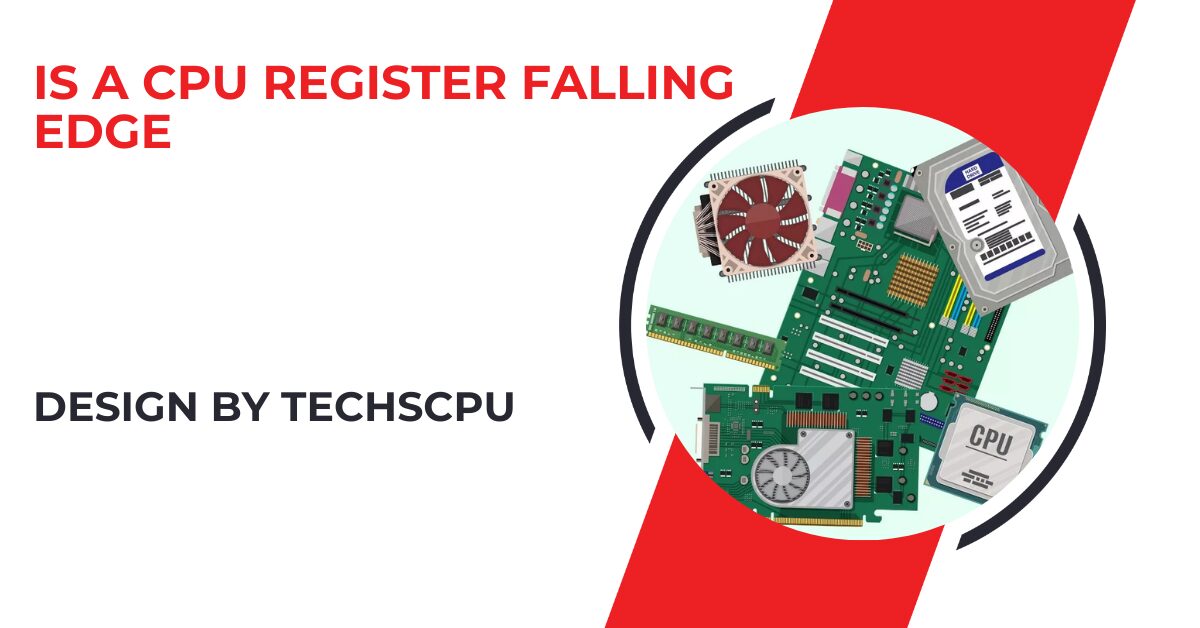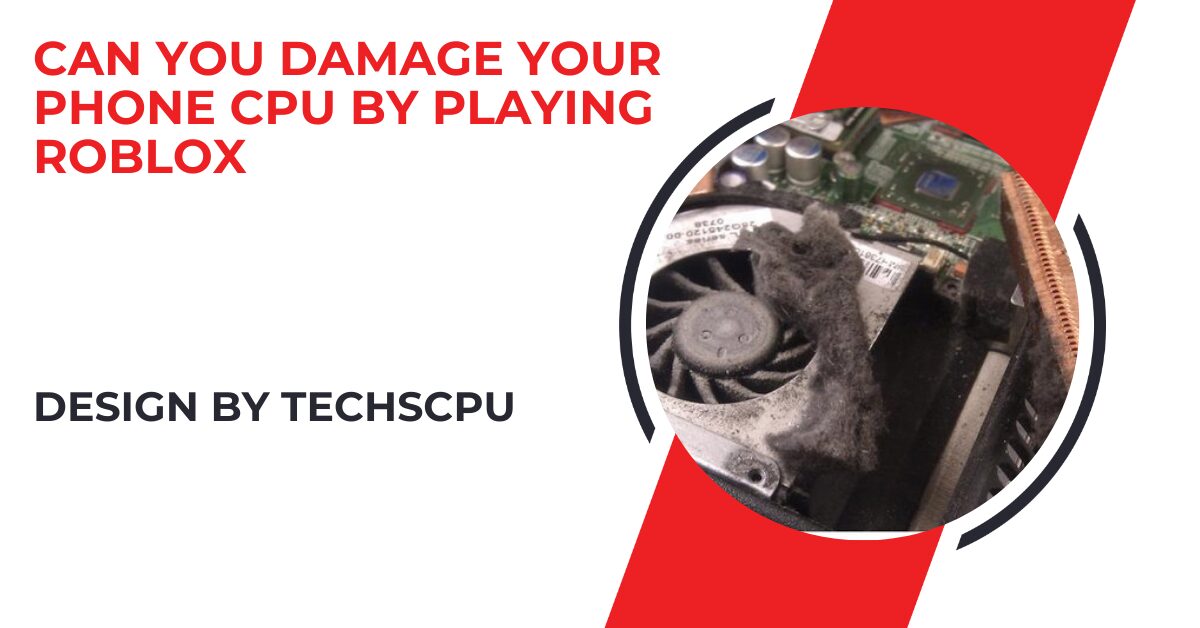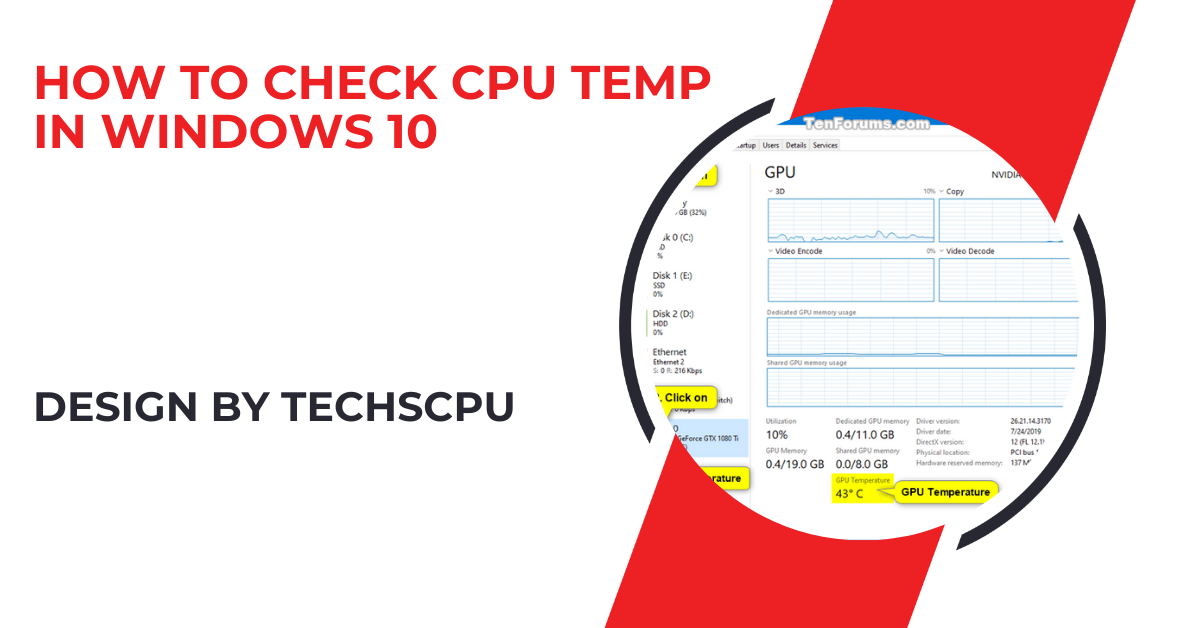CPU registers are typically triggered by the rising edge of a clock signal, not the falling edge. However, falling edge triggering can be used in specialized scenarios like low-power designs or high-performance applications.
This article delves into the role of the falling edge in CPU operations, examines whether CPU registers are associated with the falling edge, and explains the broader implications for digital electronics and computing.
What Is a CPU Register?

A CPU register is a small, high-speed storage location directly within the processor. Unlike other forms of memory, such as RAM, registers are integral to the CPU’s core functions and are used to temporarily hold data, instructions, addresses, or intermediate results during program execution. Registers are crucial for quick data access, enabling the CPU to perform operations with minimal delay.
CPU registers come in various types, each serving specific roles:
- General-Purpose Registers (GPRs): Used for a wide range of tasks, including arithmetic and logic operations.
- Special-Purpose Registers: Dedicated to specific tasks, such as the Program Counter (PC) or Stack Pointer (SP).
- Control Registers: Manage the CPU’s operational state and settings, such as the status register or configuration registers.
Understanding the Concept of Clock Edges:
To comprehend how CPU registers work, it’s essential to understand clock edges and their significance in digital circuits. Digital systems, including CPUs, rely on clock signals to synchronize operations. These clock signals are periodic square waves that alternate between high (1) and low (0) states.
- Rising Edge: The transition from a low (0) to a high (1) state.
- Falling Edge: The transition from a high (1) to a low (0) state.
In synchronous digital circuits, operations are often triggered on these clock edges. The rising edge is commonly used in many designs, but the falling edge can also serve as a trigger, depending on the specific requirements of the circuit.
How CPU Registers Interact with Clock Signals:
CPU registers, as part of synchronous circuits, operate based on clock signals. The timing of data storage, retrieval, and processing is crucial for maintaining the accuracy and efficiency of the CPU’s operations. Whether the register captures data on the rising edge or the falling edge of the clock signal is a key design choice.
Rising Edge vs. Falling Edge:
- Rising Edge Triggered: In most conventional CPU architectures, registers are triggered by the rising edge of the clock signal. This is when data is typically latched into the register, meaning the register updates its stored value based on the input data. The rising edge is favored in most designs because it simplifies timing analysis and circuit synchronization.
- Falling Edge Triggered: Although less common, some specialized digital circuits and CPU designs may use the falling edge to trigger operations. For instance, in certain applications where timing constraints are critical, using the falling edge can help distribute the workload across different phases of the clock cycle, potentially improving performance or reducing power consumption.
Also Read: How To Ship A Cpu With A Static Bag – A Complete Guide!
Scenarios Where Falling Edge Triggering Might Be Used:
While rising edge triggering is the standard for most CPU registers, there are specific scenarios where falling edge triggering could be beneficial:
- Low-Power Designs: In processors optimized for energy efficiency, such as those used in mobile devices or embedded systems, falling edge triggering might be employed to reduce power consumption. By spreading operations across both clock edges, the CPU can operate at lower frequencies, conserving energy while maintaining performance.
- High-Performance Applications: In high-performance computing (HPC) environments, where maximizing throughput is critical, using both the rising and falling edges can double the effective frequency of operations. This technique, known as double data rate (DDR), is commonly used in memory systems but could theoretically apply to CPU registers in specialized designs.
- Clock Domain Crossing: In complex systems with multiple clock domains, falling edge
triggering can be used to mitigate timing issues when transferring data between domains. Properly aligning operations to different clock edges can help prevent metastability and ensure reliable data transfer.
Practical Implications for Designers and Engineers:
For most users, whether a CPU register is rising or falling edge triggered has little direct impact on day-to-day computing. However, for system designers, hardware engineers, and those working in fields such as embedded systems or FPGA design, understanding these concepts is crucial. Properly managing clock edges can significantly affect system stability, power consumption, and performance.
Common Misconceptions:
One common misconception is that the speed or efficiency of a CPU is directly related to whether it uses rising or falling edge triggering for its registers. In reality, the choice of edge is just one of many factors influencing a CPU’s design.
The overall architecture, pipeline depth, cache hierarchy, and instruction set are far more critical to determining a processor’s performance.
FAQ’s
1. What is a CPU register?
A CPU register is a high-speed storage location within the processor used for temporarily holding data, instructions, or addresses during execution.
2. What is the difference between rising edge and falling edge in CPU operations?
The rising edge is the transition from low to high, commonly used to trigger operations in CPU registers, while the falling edge is the transition from high to low, sometimes used in specialized circuits.
3. Are CPU registers triggered by the falling edge?
No, most CPU registers are triggered by the rising edge of the clock signal. Falling edge triggering is rare and used only in specific cases.
4. Why would a designer use falling edge triggering?
Falling edge triggering can help reduce power consumption in low-power designs or improve performance in high-performance computing by utilizing both clock edges.
5. Does the choice of clock edge affect CPU performance?
The clock edge is one of many factors that influence CPU design. Overall performance depends more on architecture, pipeline design, and other critical components.
Conclusion
In conclusion, CPU registers are typically triggered by the rising edge of the clock signal, not the falling edge, which is rarely used in most designs. However, falling edge triggering can be advantageous in specialized applications, such as low-power or high-performance computing. Understanding clock edge roles in CPU design is crucial for optimizing timing, power efficiency, and overall system performance, offering valuable insights for both enthusiasts and professionals in digital electronics and computer architecture.



